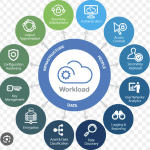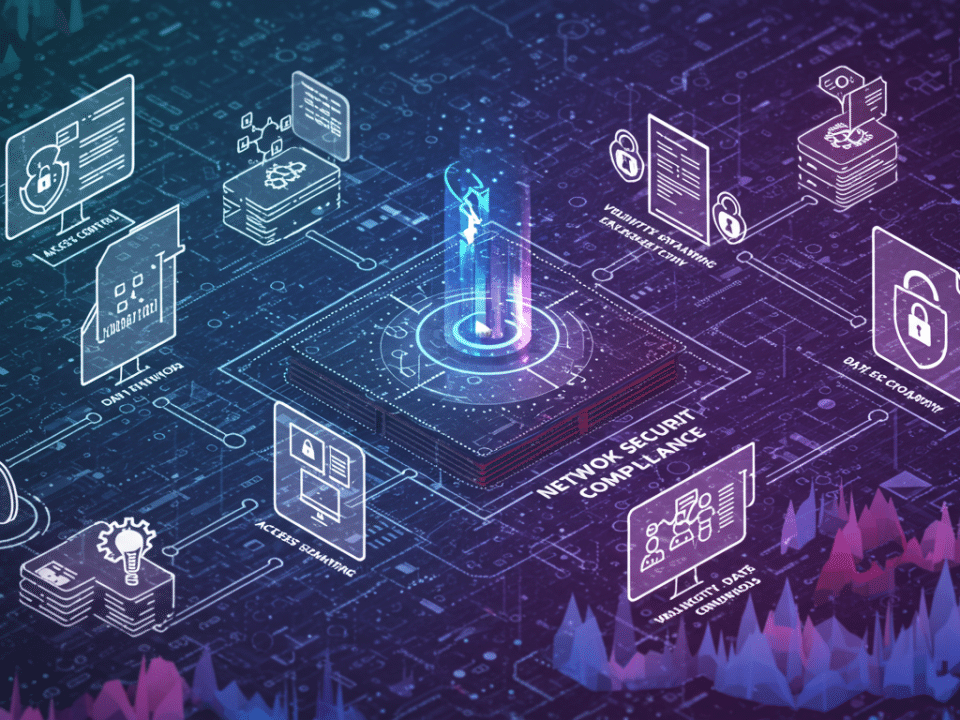
Cloud security: A top priority for businesses in 2023
September 18, 2023
The rise of AI in cybersecurity: A double-edged sword
September 20, 2023
Small and medium-sized businesses (SMBs) are increasingly reliant on third-party vendors to provide a wide range of services, from IT support to marketing to accounting. However, this reliance also comes with a number of cybersecurity risks.
One of the biggest risks is that third-party vendors may not have the same level of cybersecurity as the SMBs they work with. This can make them a prime target for cybercriminals, who know that gaining access to a vendor’s network can be a gateway to the SMB’s network.
Another risk is that third-party vendors may have access to sensitive data, such as customer information or financial data. If a third-party vendor is hacked, this data could be compromised.
Here are some of the common cybersecurity threats posed by third-party vendors:
– Phishing attacks:
Phishing attacks are one of the most common ways that cybercriminals gain access to corporate networks. Phishing emails are designed to trick employees into clicking on malicious links or opening attachments that contain malware. Third-party vendors can be especially vulnerable to phishing attacks, as they may not have the same level of security awareness training as the SMBs they work with.
– Ransomware attacks:
Ransomware attacks are another major threat to SMBs. Ransomware encrypts an organization’s data and demands a ransom payment in exchange for the decryption key. Cybercriminals often target third-party vendors with ransomware attacks, as they know that SMBs will be more likely to pay the ransom to get their data back.
– Data breaches:
Data breaches can occur when cybercriminals gain unauthorized access to sensitive data. Third-party vendors can be a target for data breaches, as they may have access to a large amount of sensitive data from multiple SMBs.
– Supply chain attacks:
Supply chain attacks are a type of cyberattack that targets an organization through its supply chain. Cybercriminals may hack a third-party vendor in order to gain access to the SMB’s network or data.
– Insider threats:
Insider threats are cyberattacks that are carried out by employees or contractors who have authorized access to an organization’s network or data. Third-party vendors can be a source of insider threats, as they may have disgruntled employees or contractors who are looking to steal data or sabotage the organization.
SMBs can take a number of steps to mitigate the cybersecurity risks posed by third-party vendors:
– Conduct due diligence:
Before working with a third-party vendor, SMBs should conduct due diligence to assess their security posture. This includes reviewing the vendor’s security policies and procedures, and conducting a security audit of their systems.
– Sign a non-disclosure agreement (NDA):
An NDA will help to protect the SMB’s confidential information from being disclosed by the third-party vendor.
– Require multi-factor authentication (MFA):
MFA adds an extra layer of security to user accounts by requiring users to enter a code from their phone in addition to their password. SMBs should require MFA for all third-party vendors who have access to their systems.
– Limit access:
SMBs should only grant third-party vendors access to the resources and data that they need to do their job. This will help to reduce the risk of a data breach or malware infection.
– Monitor third-party vendors:
SMBs should monitor their third-party vendors for suspicious activity. This includes monitoring their network traffic, logging, and security alerts.
– Implement a zero-trust security model:
A zero-trust security model assumes that no one can be trusted by default, not even employees or contractors. This model requires all users to authenticate and authorize themselves before they can access any resources on the network.
By taking these steps, SMBs can help to mitigate the cybersecurity risks posed by third-party vendors.
Here are some additional tips for SMBs:
– Educate employees about cybersecurity:
Employees should be trained on how to identify and avoid phishing attacks, and how to protect sensitive data.
– Have a cybersecurity incident response plan in place:
This plan should outline the steps that the SMB will take in the event of a cybersecurity incident.
– Regularly back up data:
This will help the SMB to recover its data quickly in the event of a data breach or ransomware attack.
By following these tips, SMBs can help to protect themselves from the cybersecurity risks posed by third-party vendors.
#cybersecurity #thirdpartyvendors #SMBs #informationsecurity #itriskmanagement




